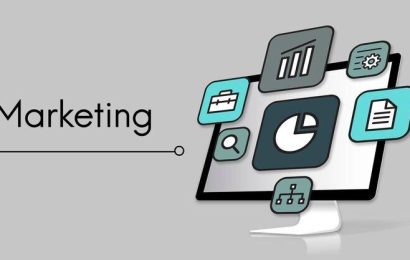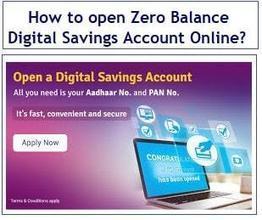
Effective receivables management is critical for any business. For Australian SMEs, maintaining healthy cash flow depends on timely invoicing, efficient tracking of payments, and reducing the risk of bad debts. Traditionally, managing accounts receivable involved manual spreadsheets, phone calls, and paper-based reminders – a time-consuming and error-prone process.
Today, digital tools and software are transforming the way businesses manage receivables, providing automation, accuracy, and actionable insights that improve overall financial performance.
The Challenges of Traditional Receivables Management
Manual receivables management presents several challenges for businesses:
1. Late or missed payments:
Without automated reminders, customers may forget or delay payments.
2. Human error:
Manual data entry can result in incorrect invoices or misallocated payments.
3. Time-consuming processes:
Reconciling payments, chasing overdue invoices, and updating records consume valuable staff time.
4. Limited visibility:
Tracking outstanding invoices across multiple clients and accounts can be difficult without a centralised system.
These challenges not only affect cash flow but also impact the efficiency of finance teams and the overall health of the business.
How Digital Tools Improve Receivables Management
Modern accounting software and digital tools are designed to address these challenges and streamline the accounts receivable process. Here is how they can transform receivables management for Australian businesses:
1. Automated Invoicing and Payment Reminders
Digital platforms such as Xero, MYOB, and QuickBooks allow businesses to create and send professional invoices automatically. Automated reminders can be set up for overdue payments, reducing the need for manual follow-ups and ensuring consistent communication with clients.
Benefits:
- Faster invoicing cycles
- Reduced late payments
- Improved professionalism and customer relations
2. Real-Time Tracking and Reporting
Digital tools provide real-time visibility into outstanding invoices, payment statuses, and customer payment history. Businesses can generate ageing reports, monitor Days Sales Outstanding (DSO), and identify high-risk accounts immediately.
Benefits:
- Greater insight into cash flow
- Early identification of potential bad debts
- Data-driven decision-making for credit management
3. Seamless Integration with Accounting Systems
Modern receivables software integrates with accounting and ERP systems, allowing transactions to update automatically. Payments, reconciliations, and ledger entries are recorded in real-time, reducing errors and eliminating the need for manual data entry.
Benefits:
- Accurate financial records
- Time savings for finance teams
- Simplified reporting and compliance for tax purposes
4. Flexible Payment Options
Digital invoicing platforms often offer multiple payment options, including credit card, bank transfer, and online payment links. This flexibility encourages faster payments and improves the customer experience.
Benefits:
- Reduced payment delays
- Enhanced customer satisfaction
- Improved cash flow reliability
5. Advanced Analytics and Forecasting
Some digital tools include predictive analytics features that help businesses forecast cash flow and identify trends in payment behaviour. This insight allows finance teams to plan proactively and take steps to mitigate risks associated with late or non-payments.
Benefits:
- Improved financial planning
- Reduced uncertainty in cash flow management
- Better-informed strategic decisions
Conclusion
Digital tools and software are revolutionising receivables management for Australian businesses. Businesses that adopt these technologies not only enhance operational efficiency but also strengthen customer relationships and position themselves for sustainable growth.
For Australian SMEs aiming to optimise cash flow and streamline their finance processes, embracing digital receivables management is no longer optional – it is a key component of modern business success.















